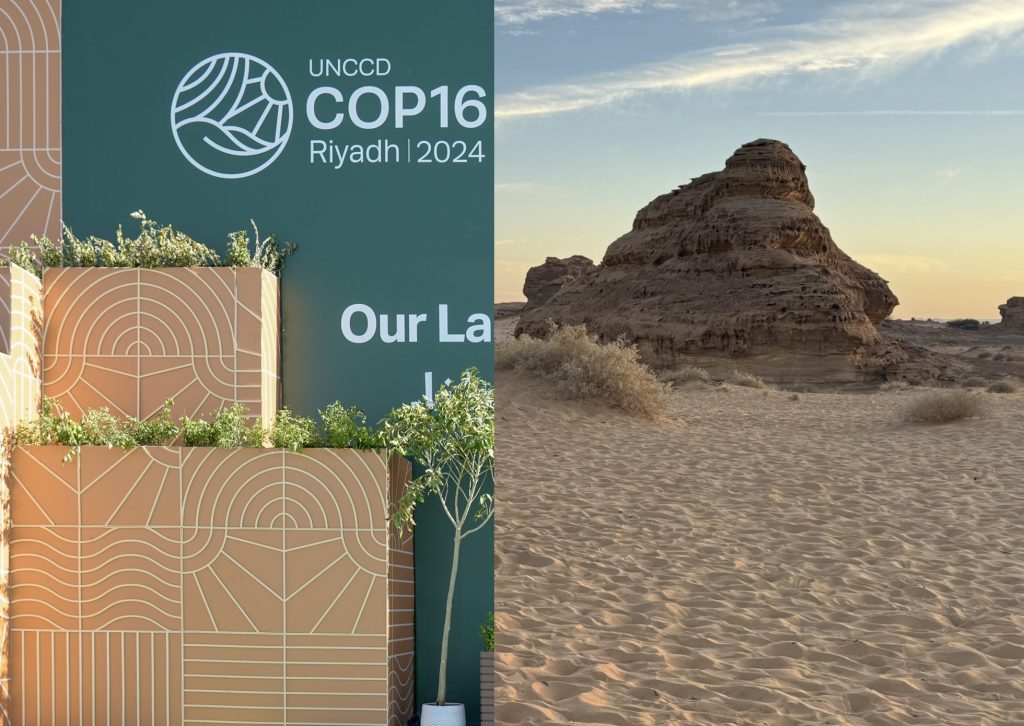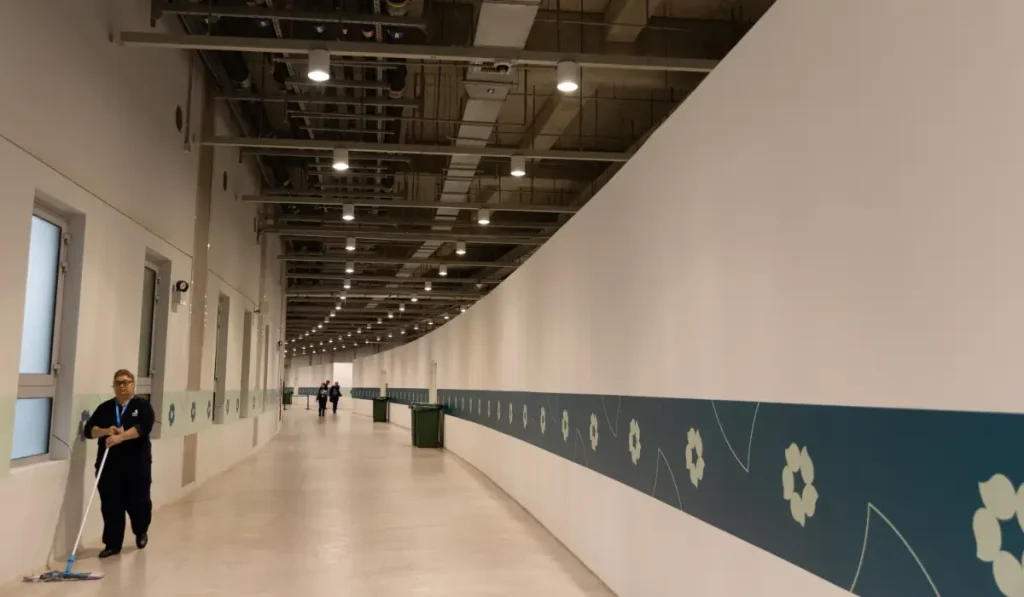The 28th Conference of Parties (COP 28) of the United Framework Convention on Climate Change (UNFCCC) has reaffirmed that these sessions are the centre of the global response to climate change. The global goal on adaptation is one of the key outcomes of this session. In 2013, the African Group of Negotiators became the first coalition and party to the UNFCCC to put forward a formal submission to the UNFCCC on the global goal of adaptation. The AGN proposed ‘a quantified’ global goal on adaptation that is directly linked with global costs of adaptation. By contrast, AILAC, a coalition of Latin American countries, proposed ‘an aspirational’ global goal on adaptation. In 2015, the Paris Agreement established a ‘qualitative’ global goal on adaptation that was proposed by the European Union and the Environmental Integrity Group.
Fast forward to 2021, in Glasgow, at COP 26, a two-year Glasgow–Sharm el-Sheikh work programme on the global goal on adaptation was launched. That work programme has now been formally concluded, with the framework on global goal of adaptation as the main output. The agreed text from COP28 on global goal on adaptation does not contain a reference to the principles African countries had fought to see, namely equity and common but differentiated responsibilities and respective capabilities, in the light of different national circumstances. It merely ‘recalls the provisions and principles of the Convention and the Paris Agreement’.
Secondly, there is no commitment by developed countries to provide financial support to developing countries for the implementation of the activities of the framework of the global goal on adaptation. Earlier in-session documents contained linkages between the implementation of this framework with both the goal to double adaptation finance in the pre-2025 period and the new collective quantified goal on climate finance. However, the agreed text is full of principles on climate finance and contains feeble language on action on climate finance. For example, the agreed outcome notes the obvious ‘that the current provision of climate finance for adaptation remains insufficient’ and then goes on to use inconsequential language that merely ‘urges developed country Parties’ to urgently provide climate finance, technology transfer and capacity-building for adaptation. There is a paragraph that appears in all four in-session documents that reads more as a resignation than a threat; it points out that the degree of implementing the framework by developing countries depends on extent to which developed countries provide support.
Early in-session documents recalled Article 2, paragraph 1(c) of the Paris Agreement, thereby making a pragmatic link between the scale of finance flows with the achievement of the global goal on adaptation. However, the final agreed text has no such reference. Furthermore, the phrase ‘adaptation action and support’ appears five times in the final agreed text. However, the reality is that this outcome is only about adaptation action. Support elements for implementing this framework are absent. This situation will entrench the existing asymmetry in participation of countries in UNFCCC processes. Effectively, this outcome ensures the marginalisation of developing countries from advancing the adaptation as a key policy option for responding to climate change.
Thirdly, regarding linkages with the global stock take, earlier in-session documents indicate that there was a consideration to make the framework ‘an analytical tool in assessing progress towards the global goal on adaptation’. However, this intent has now morphed into an option for consideration next year by the Subsidiary Bodies.
Fourthly, a critical process issue regarding the operationalisation of the framework was contained in earlier in-session documents that noted ‘with concern the fragmentation in current adaptation items under the COP, the CMA and the subsidiary bodies’. However, this paragraph did not make it in the final agreed text.
Fifthly, earlier in-session documents indicate that there was a proposal to establish ‘a standing agenda item under the subsidiary bodies for matters relating to the global goal of adaptation’. However, the final outcome merely requests the continuation of these considerations under the subsidiary bodies from June next year and recommendations to be adopted in 2025.
What does this all mean for developing countries? There is no doubt that the framework for the global goal on adaptation will contribute to improved understanding of adaptation as it is likely to advance substantive aspects of adaptation. This is much needed as the understanding of technical aspects of adaptation lags far behind that of mitigation. However, the timeline for the achievement of the agreed targets is laughable; while the absence of linking provision of public financial support to achieve the targets by developing countries makes the framework a farce.
Taken together, the outcome on the global goal on adaptation misses an opportunity of facilitating climate resilient development in developing countries. In the context of global governance of climate change, this outcome reflects the power asymmetry in the UNFCCC negotiations and further demonstrates the dominion of developed countries in agenda setting in this multilateral process. This outcome further confirms that public finance from developed countries has taken a back seat in the implementation of adaptation actions in developing countries. At the level of humanity, this outcome, confirms the lack of solidarity between the industrialized countries and the developing countries in responding to climate change. Despite calls for international cooperation in implementing this framework that are contained in this outcome, it is time that the developing countries internalise that they are on their own in responding to climate change.





